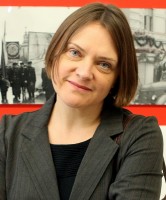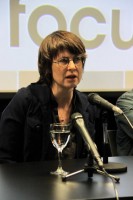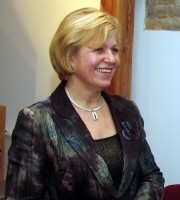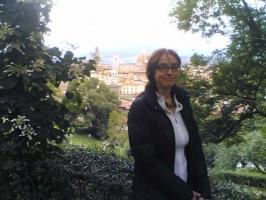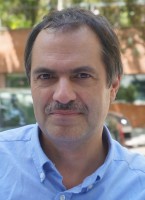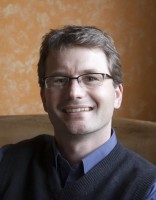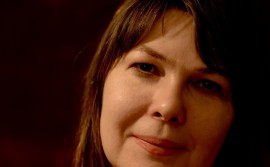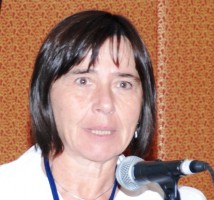“Camera obscura: Lietuvos fotografijos istorija“ (Eng. Camera obscura: the history of Lithuanian photography) – that is the name of the forthcoming monograph, written by dr. Margarita Matulytė and dr. Agnė Narušytė that explores the history of Lithuanian photography dating from 1839 to 1945. The title of the book refers to the research object: camera obscura (Lat. dark room), to be more precisely – photography, appearing at the moment when the light flux penetrates into the darkness. In addition it talks about the history of photography and its writing, which could say, also appear out of the darkness, silence and waiting. The writing, which poses a challenging task: to find, to come back, to remember when so much has destroyed, lost, forgotten.
M. Matulytė and A. Narušytė will discuss the writing of the history of Lithuanian photography – which assesses and newly interprets the previous stories, revealing the most significant trends in photography. The evolution of photography is examined in the context of important historical events, highlighting the most prominent personalities. Chronological story telling allows discuss the issues and problems of photography of different historical periods, although sometimes you have to go beyond the chronological limits.
Information about speakers:
Dr. Margarita Matulytė – doctor of humanities, photography historian and the photography specialist of the Lithuanian Art Museum. She has been studying Lithuanian photography since 1995. Since 1998 M. Matulytė is a member of The International Council of Museums (ICOM), since 2005 – a member of the Union of Lithuanian Art Photographers. In the period of 1995–2001 she was the head of the Iconography Department of the National Museum of Lithuania. In 2005 M. Matulytė was studying the Italian language and culture for foreigners in University of Perugia (Italy), in 2008 – English language, culture and communication in Oxford International Study Centre. In the period of 2006–2008 she was a lecturer at Vilnius University Faculty of History, during 2006–2007 – a lecturer in the Faculty of Humanities at Vilnius Academy of Arts, since 2007 – a lecturer at the Institute of Journalism at Vilnius University. M. Matulytė has published more than 100 publications in the Lithuanian and foreign press, has compiled more than 20 books and curated more than 10 Lithuanian and international exhibitions. Since 2002 she has been working in the Lithuanian Art Museum as a preserver and researcher of the photography collection, curator of exhibitions.
Agnė Narušytė, PhD, is an art critic and curator, with a particular interest in contemporary photography and art as well as ideas linking photography, philosophy and psychology. She studied art history at Vytautas Magnus University (Kaunas, Lithuania), Central European University (Prague) and Vilnius Academy of Arts (Lithuania). Narušytė curated the photographic collection of the Lithuanian Art Museum, also lectured at the Vilnius Academy of Arts and Edinburgh Napier University (UK), edited the foreign culture page of the Lithuanian cultural weekly 7 meno dienos and created programmes on culture for the Lithuanian National Television. In 2008, she published the Lithuanian version of this book, Nuobodulio estetika Lietuvos fotografijoje, based on her PhD thesis, in 2011 – a history of contemporary Lithuanian photography (Lietuvos fotografija: 1990–2010). Currently she is Head of the Art History and Theory Department, Vilnius Academy of Arts.
International conference “Digitisation and photographic memory”






